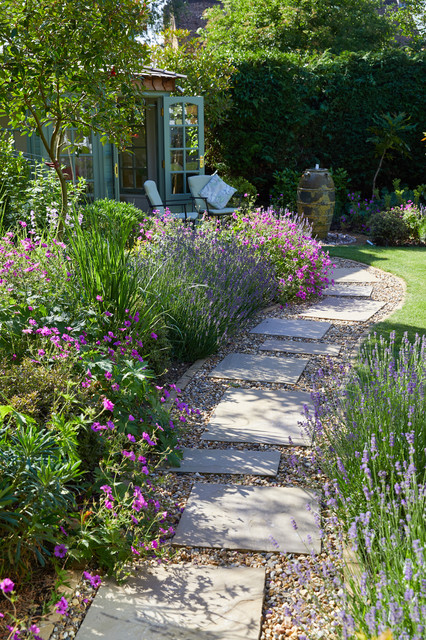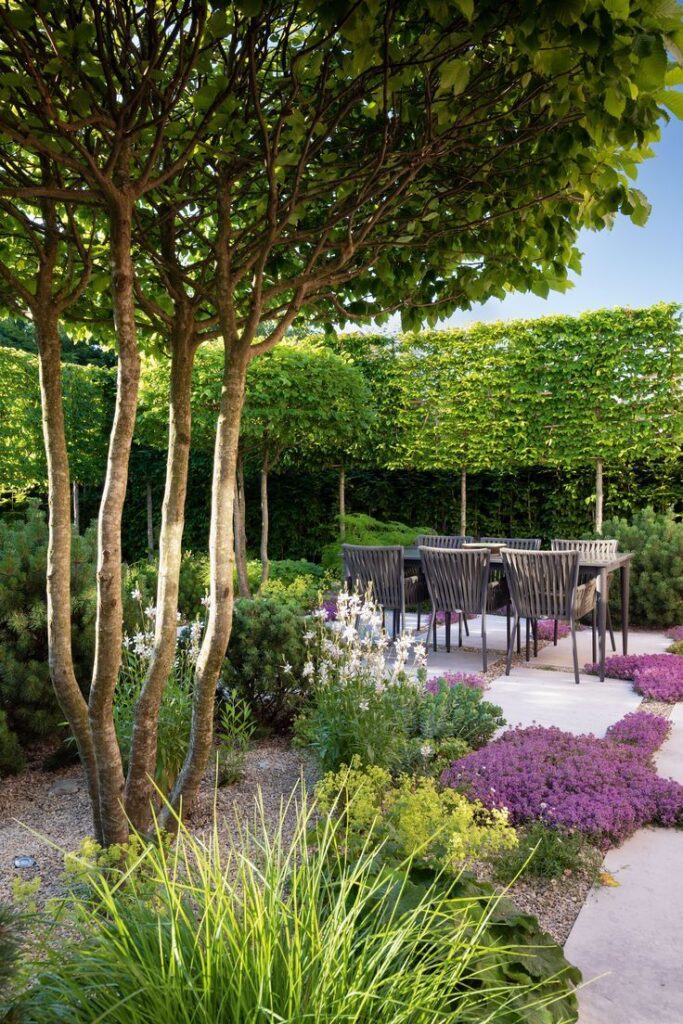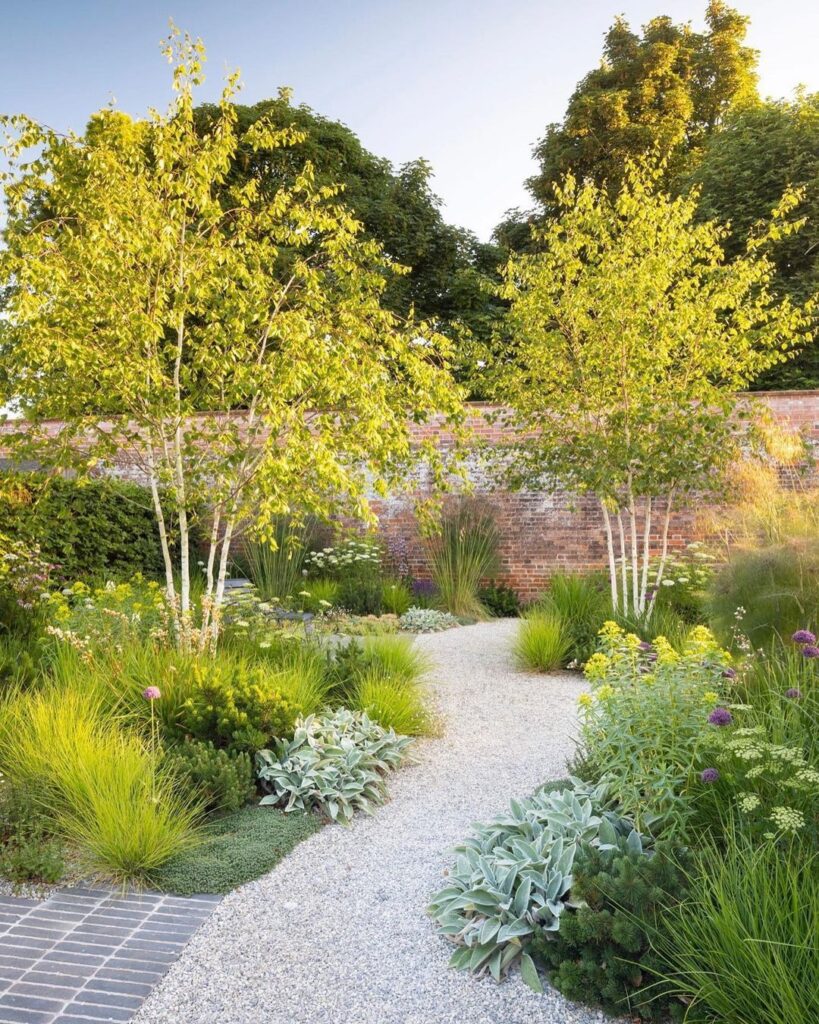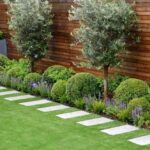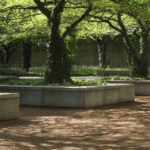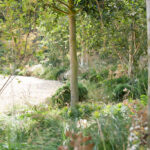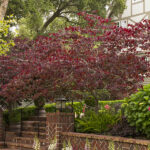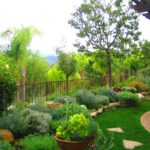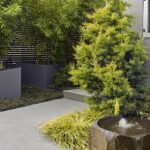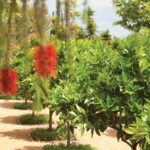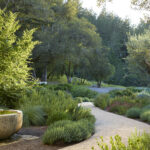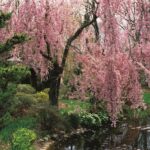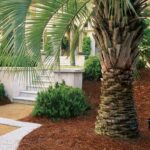Garden design often includes the use of trees to create a beautiful and functional outdoor space. Trees not only bring visual interest to a garden but also provide shade, privacy, and habitat for birds and wildlife. When selecting trees for garden design, it is important to consider factors such as size, shape, color, and maintenance requirements.
One of the key considerations when choosing trees for garden design is the size of the tree. Some trees, such as maples and oaks, can grow quite large and may not be suitable for a small garden. It is important to choose trees that will fit within the available space and not overwhelm the garden. Smaller trees, such as dogwoods and Japanese maples, are excellent choices for smaller gardens as they provide beauty and interest without taking up too much space.
The shape of a tree can also have a significant impact on garden design. Trees with a weeping or cascading growth habit, such as willows or cherry trees, can add a sense of grace and elegance to a garden. Trees with a more upright form, such as cedars or pines, can provide structure and height to a garden design. Mixing trees with different shapes and forms can create a dynamic and visually appealing landscape.
Color is another important consideration when selecting trees for garden design. Trees with colorful foliage, such as Japanese maples or flowering plum trees, can add a pop of color to a garden throughout the year. Trees with colorful bark, such as birches or crepe myrtles, can provide visual interest even in the winter months. By carefully selecting trees with different colors and textures, you can create a garden that is beautiful and vibrant year-round.
Maintenance requirements are also an important factor to consider when choosing trees for garden design. Some trees, such as fruit trees or flowering trees, may require regular pruning and maintenance to keep them healthy and looking their best. Other trees, such as evergreens or native trees, may require less maintenance and can thrive with minimal care. It is important to choose trees that fit within your maintenance schedule and skill level to ensure a healthy and thriving garden.
In conclusion, trees play a vital role in garden design by providing beauty, structure, and functionality to outdoor spaces. By carefully selecting trees that fit within the available space, have the desired shape and color, and meet maintenance requirements, you can create a garden that is both visually stunning and practical. Whether you are looking to create a peaceful retreat, a wildlife habitat, or a vibrant outdoor space for entertaining, trees are an essential element of garden design.
